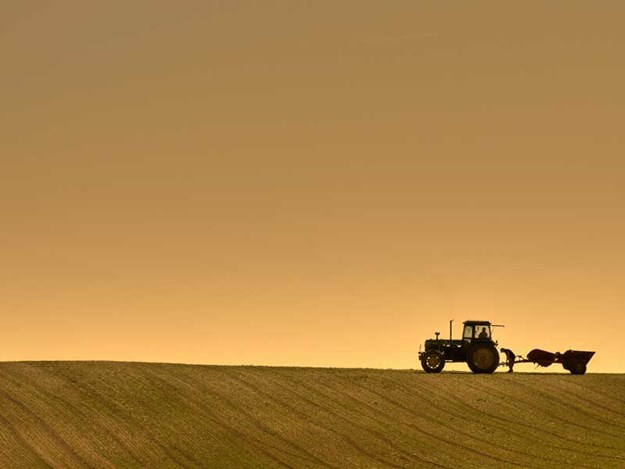Strong tractor and farm machinery sales
Sales of tractors are up 17% on this time last year and could set a record by year-end, says NZ Tractor and Machinery Association (TAMA) president, John Tulloch
TAMA year-to-date figures to the end of September showed a total of 3355 retail sales across all HP (horsepower) categories compared to 2865 in 2017.
John says there was, advisedly, a cautionary approach to spending in the industry but despite that, sales could hit a 4500 calendar year record.

The reduced Fonterra forecast of between $6.25 and $6.50 per kg of milk solids (down from $6.75) had "taken a bit of a shine off the optimism" in the dairy sector but demand here could increase during the European winter because of the summer drought.
John had recently visited Europe and was shocked at the effects of the drought.
"Some European dairy farmers will definitely have to sell stock because they can’t get or afford extra feed. I suspect that will translate into demand for our milk products."
However, Europe was only one region in the world and it was wise for New Zealand dairy farmers to budget with ongoing caution, as recently advised by Fonterra chief executive, Miles Hurrell.
The sheep and beef sector was still buoyant and the drop in the New Zealand dollar would further assist this buoyancy. The horticulture and viticulture sectors were also looking confident.
However, John said all sectors were also facing increased costs with high fuel prices and the currency drop.
"You also can’t control the weather. Seeing the devastating effects in Europe, it reinforces the need for all of us in the New Zealand industry to be in a strong position to withstand adverse events."
For farmers, this meant being in a robust enough position to ride out unfavourable weather and/or market conditions.
It was also important that farmers supported their local farm contractors as this retained strength in the industry.
In recent years some contractors, especially in the North Island, had received complaints regarding their prices and had faced deferred payment, meaning their business was put at risk, John says.
In some areas, contractors had actually been making a loss because prices had been driven so low. In addition, a new trend was emerging where contractors actually purchased crops before harvesting them then on selling. This new system created a further layer of risk for contractors.
"The contractor system is the most efficient use of machinery in the most cost-effective way. If this system falls over then everyone loses. It’s important that the system is supported as it helps create resilience across the industry."
Keep up to date in the industry by signing up to Farm Trader's free newsletter or liking us on Facebook












-Andrew-Palmer--Amy-Chamberlain-(CRV-Ambreed-Field-Consultant)--and-Maree-Palmer.jpg)



